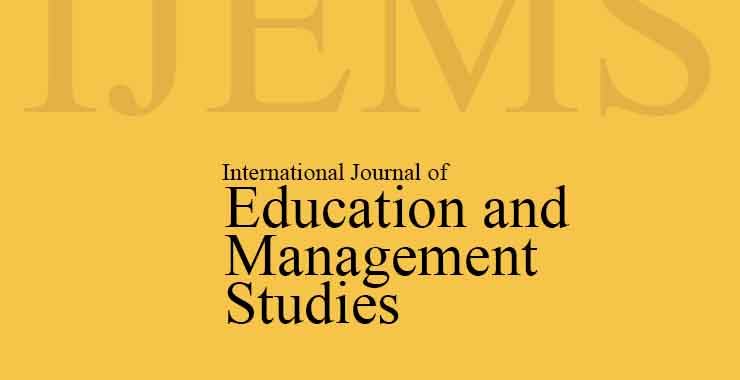Exploring the Personality Roots of Self-transcendence: A Big Five Perspective
Original price was: ₹ 201.00.₹ 200.00Current price is: ₹ 200.00.
Page: 245-249
Kiran Kumari and Anita Sharma (Department of Psychology, Himachal Pradesh University, Shimla, Himachal Pradesh)
Description
Page: 245-249
Kiran Kumari and Anita Sharma (Department of Psychology, Himachal Pradesh University, Shimla, Himachal Pradesh)
The present study examined the predictive role of Big Five Personality Traits in explaining Self-Transcendence values-specifically Universalism and Benevolence-among adolescents. A purposive sample of 200 senior secondary school students (100 rural and 100 urban, with an equal distribution of 50 males and 50 females from each area) from Solan district of Himachal Pradesh, India, was selected. Standardised tools were employed, including the Big Five Inventory (BFI; John & Srivastava, 1999) and the Portrait Values Questionnaire (PVQ-21; Schwartz, 2002). Stepwise regression analysis revealed distinct patterns across area and gender. In the rural sample, the Big Five explained 33% of the variance in Benevolence (Agreeableness 19%, Conscientiousness 8%, Extraversion 6%) and 30% in Universalism (Openness 15%, Agreeableness 11%, Neuroticism 4%). In the urban sample, the Big Five accounted for 32% of the variance in Benevolence (Agreeableness 32%) and 12% in Universalism (Openness 8%, Agreeableness 4%). Among females, the Big Five explained 41% of the variance in Benevolence (Agreeableness 27%, Openness 8%, Conscientiousness 6%) and 27% in Universalism (Agreeableness 15%, Conscientiousness 8%, Openness 4%). In males, the Big Five contributed 23% to Benevolence (Agreeableness 17%, Conscientiousness 6%) and 26% to Universalism (Agreeableness 13%, Openness 10%, Conscientiousness 3%). Neuroticism consistently showed a negative association with Universalism across samples, indicating an inverse relationship with self-transcendent concern. Overall, Agreeableness and Openness emerged as key predictors of Self-Transcendence values, underscoring their role in fostering prosocial and humanitarian orientations in adolescence.

